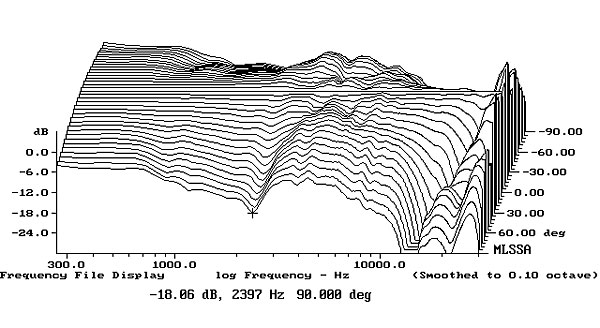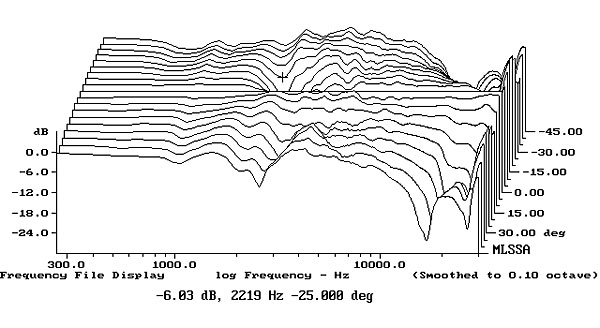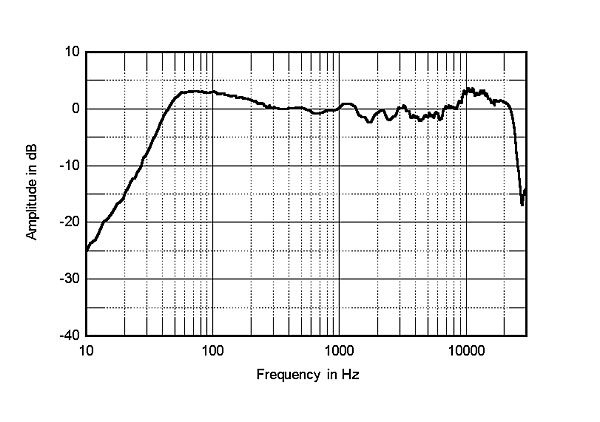I'm talking about Sound Power Response, as defined by CTA2034A/spinorama.
But you are right, power handling drops like a rock anywhere below the port tuning frequency. This is one reason why distortion goes way UP below the frequency of the port/passive radiator.
eg.: port's peak output (tuning) is around 70Hz

Distortion:

Distortion momentarily dips at port tuning frequency (~70Hz), but then GOES WAY WAY UP, OFF THE CHART, literally, below 70Hz.
With passive ported speakers, you tend have to be around and have judicious use of the volume control. You can't just turn it up to 11 and go off to party.
One advantage of active speakers is that one can program into the DSP to limit the SPL output going off the deep end and blowing out the woofer and suspension.
But you are right, power handling drops like a rock anywhere below the port tuning frequency. This is one reason why distortion goes way UP below the frequency of the port/passive radiator.
eg.: port's peak output (tuning) is around 70Hz
Distortion:
Distortion momentarily dips at port tuning frequency (~70Hz), but then GOES WAY WAY UP, OFF THE CHART, literally, below 70Hz.
With passive ported speakers, you tend have to be around and have judicious use of the volume control. You can't just turn it up to 11 and go off to party.
One advantage of active speakers is that one can program into the DSP to limit the SPL output going off the deep end and blowing out the woofer and suspension.



 ... ...
... ...